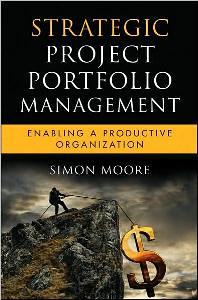
Edinburgh Castle
The Edinburgh Tram Project exceeded budget by 52% and is the subject of an enquiry. The issues with the project appeared to occur for two major reasons.
Optimism Bias
The project was born out of the political desire for Edinburgh to have a light rail system. However, reviewing past project it is quite normal for these sort of projects to come in over budget and extremely rare for them to come in under budget. Furthermore, increases over budget can be very large, often up to 80% over budget, whereas any cost savings are likely to be 10% or less. Seen in this light, the cost overruns on the Edinburgh Tram Project were not that unusual.
One way to avoid optimism bias is to first perform and estimate and then look at cost overruns on similar projects. For example, if you estimate a cost at 10 million, but past similar projects have seen cost overruns of 50%, then a better estimate for your project might be 15 million. This is becoming more normal practise in well-managed construction projects, but still, there’s a temptation to skew the set of other projects that you look at for comparison. This can reduce the uplift to costs, but may create a less accurate picture of how things will turn out.
Poor Governance
It appears that the management of project communications may have been poor. Stakeholders did not receive timely and accurate information and different agencies had different levels of commitment to the project. These frictions hurt the project. Once it was off course, then that information was not broadly shared, which then made problems hard to correct. In addition, different stakeholders working at different purposes did not help the project. It appears Edinburgh politicians were strongly in favour of the project, whereas national politicians were not.
Conclusion
In the grand scheme of things, the cost overruns of the Edinburgh Tram Project should not be viewed as a disaster, the outcome is similar to many other trophy projects run by governments and some cost overruns are likely with these projects based on history. However, problems in communication and lack of stakeholder alignment were an obvious issue that should have been relatively easy to correct.









